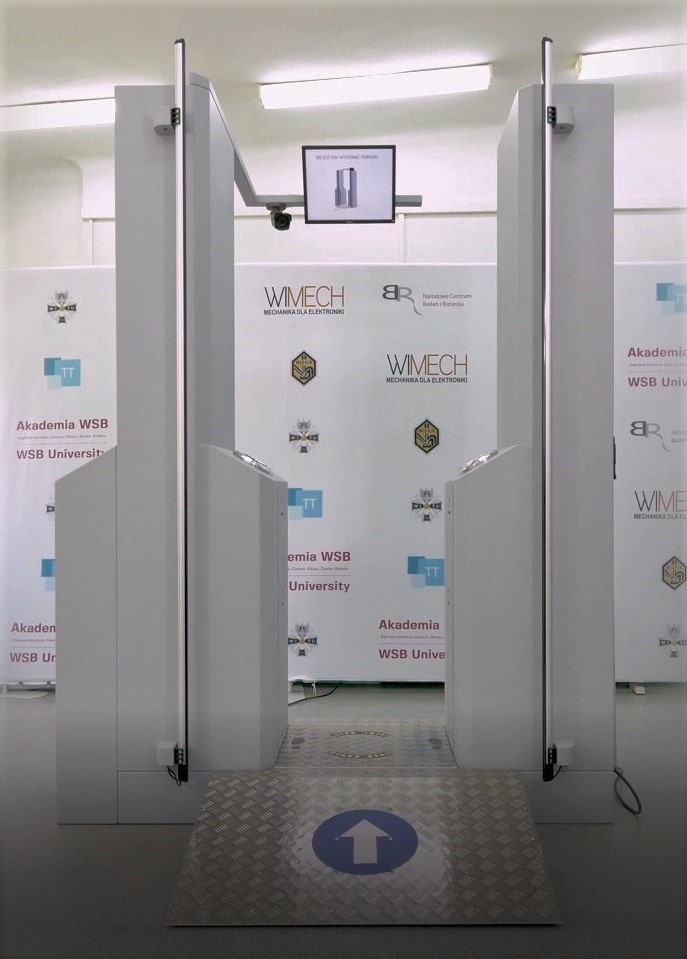Development of an innovative stationary system for the detection of trace amounts of explosives

 Project title
Project title
Development of an innovative stationary system for the detection of trace amounts of explosives
 Name of Beneficiary/Beneficiaries
Name of Beneficiary/Beneficiaries
Wojskowy Instytut Chemii i Radiometrii (Military Institute of Chemistry and Radiometry) (Leader)
Wojskowy Instytut Techniczny Uzbrojenia (Military Institute of Armament Technology)
WIMECH S.C. (WIMECH Civil-Law Partnership) Roland Ignatowski Anna Ignatowska
Akademia WSB (WSB University)
Transfer Technologii Sp. z o. o.
 Name of programme
Name of programme
Project implemented for the benefit of national defence and security
 Competition
Competition
9/2018
 Project value
Project value
PLN 6 382 350.00
 Funding value
Funding value
PLN 6 082 350.00
 Project delivery period
Project delivery period
17/12/2018 – 16/12/2021
Get to know our team
Project Manager - Mirosław Maziejuk, Ph.D., D.Sc., Eng. prof. MICR
Have a look at the outcome of our work

What problem does our project solve?
The increase in the terrorist threat has prompted measures to minimise the possibility of a possible attack using explosives. Modern technologies enabling the detection of explosives are an extremely important factor in countering or preventing the occurrence of a terrorist attack. The subject of the project was the development of an innovative stationary detection system for traces of explosives/explosive markers capable of detecting traces of explosives/explosive markers in a close proximity to people passing through the device or on their clothing.
The measurement in the gate is based on the principle of taking air from the hand, pocket area and shoes of the person under test. Two differential ion mobility spectrometers operating in two different modes were used as the detectors. A mode with a semi-permeable membrane for the detection of explosives with high vapour pressure and a mode without a membrane for the detection of explosives with low vapour pressure..
The primary function of the innovative stationary system developed is a fast, precise and non-invasive method of detecting trace amounts of selected explosives/explosive markers. The device is capable of detecting trace amounts of selected explosives/explosive markers in a very short time, which is 5 seconds.
Who will benefit from the outcomes of the project?
The following institutions can benefit from the results of the project: Border Guard, State Protection Service, Civil Aviation Authority and other entities responsible for public security.
What was the most challenging aspect of the implementation of the project for us?
Adaptation of differential ion mobility spectrometers for detection of explosives and synchronisation with the GATE gas system, adaptation of the DMS spectrometers to the extremely short analysis time of a gas sample, i.e. 5 seconds.